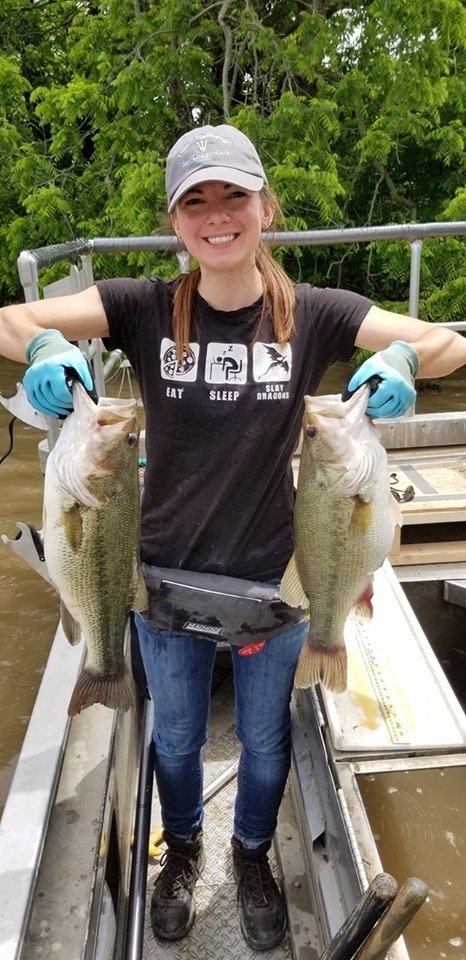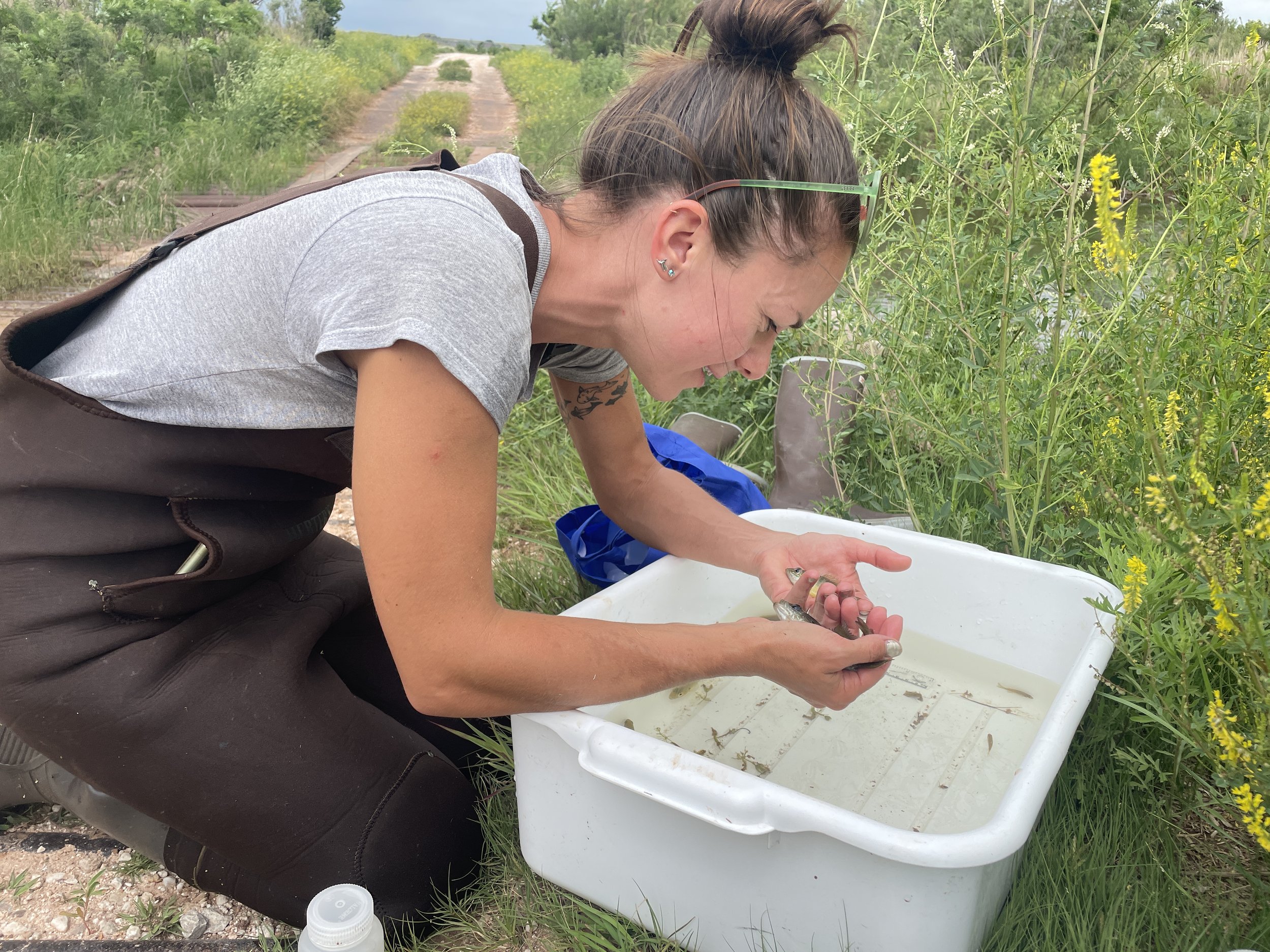Dr. Rene P. Martin
Incoming Assistant Professor: University of Nebraska - Lincoln
I am an incoming Assistant Professor in the School of Natural Resources at the University of Nebraska - Lincoln. I earned my B.S. and M.S. in Ecology and Field Biology from St. Cloud State University (MN) and my Ph.D. from the University of Kansas (KS). Although my B.S. and freshwater fieldwork experience lies in the realm of natural resources and fisheries, my graduate work focused on studying the evolution and diversification of deep-sea fishes. I am currently a postdoctoral Gerstner Scholar at the American Museum of Natural History (NY) studying the bioluminescent light organs of deep-sea fishes.
GENERAL / Postdoctoral RESEARCH INTERESTS
My past and current research focuses on answering questions pertaining to the evolution of lanternfishes (Myctophidae) and other deep-sea fish lineages. Lanternfishes are an extremely abundant and bioluminescent pelagic fish group. They eat large amounts of zooplankton and are prey for a variety of organisms, playing a major role in oceanic ecosystems. Lanternfishes, along with being abundant, are highly diverse for a pelagic fish lineage. My work includes creating phylogenetic hypotheses of genus-level relationships within Myctophidae using various types of data (e.g. ultraconserved elements, gene sequences, morphological characters), and using them as frameworks to investigate evolutionary questions related to lanternfish evolution and diversification. I am also interested in habitat transitions within closely related (order and family level) fishes and exploring the resulting morphological changes within a phylogenetic context.
My postdoctoral research at the American Museum of Natural History is currently focused on describing the anatomy and morphology of photophores and light organs in multiple groups of bioluminescent fishes, including the lanternfishes, ponyfishes, and tubeshoulders.
Skill and Experience
My skills and experiences include, but are not limited to:
- Geometric morphometrics
- Molecular lab work (e.g., extractions and amplification)
- micro-CT use and data analysis
- Phylogenetic analyses
- Freshwater collection techniques (e.g., seins, juglines, electrofishing, trap nets, gill nets)
- SEM use and data analysis
- Museum curation and use of wet collection specimens
- Curation and use of cryogenic facilities
- Morphological analyses
- Comparative phylogenetic methods and macroevolutionary methods
rmartin@amnh.org
Current Location
American Museum of Natural History
200 Central Park West, New York, NY 10024









